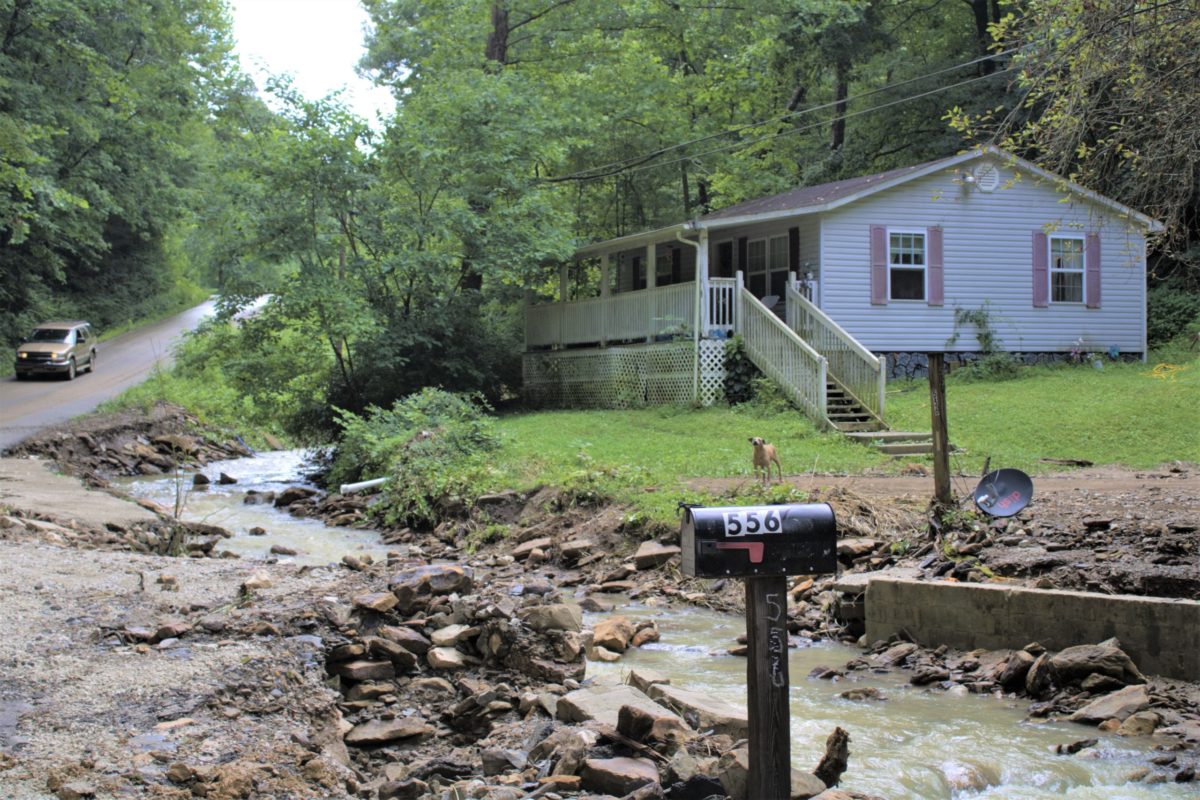I climb a boulder that juts out into rapids. The rushing water is so loud it drowns out my breath. I’ve come to the banks of the Chattooga River for solitude, for the way water carries away inner noise. I’m here early enough that I get a few moments of peace all to myself. The river works on me like it works on rock. Under the force of a little pressure I am smoothed out.
The headwaters of the Chattooga converge in Cashiers, North Carolina, and the river runs south through South Carolina and Georgia. Before the pandemic, nearly 50,000 tourists canoed, rafted, or kayaked down the Chattooga annually. But COVID-19 has sent that number soaring.
Recreation enthusiasts with more flexible work schedules preferred to spend their quarantine days on the water, and it continues to be a draw for people interested in more socially distanced pastimes. Overcrowded parking lots and booked guide trips are commonplace. Buzz Williams of the Chattooga Conservancy says he has never seen anything like it.
“People are just crawling all over the place,” Williams says. “And that’s probably one of the biggest threats we face. The Chattooga River is going to be loved to death.”
If overcrowding is a sickness unto death, he may be right. With a degree in forestry from Clemson University and a former employee of the U.S. Forest Service (USFS), Williams has a unique perspective on natural resource conservation. He is not opposed to tourism, but he does worry about mismanagement.
“You’re gonna kill the goose that’s laid the golden egg,” Williams warns tourists.
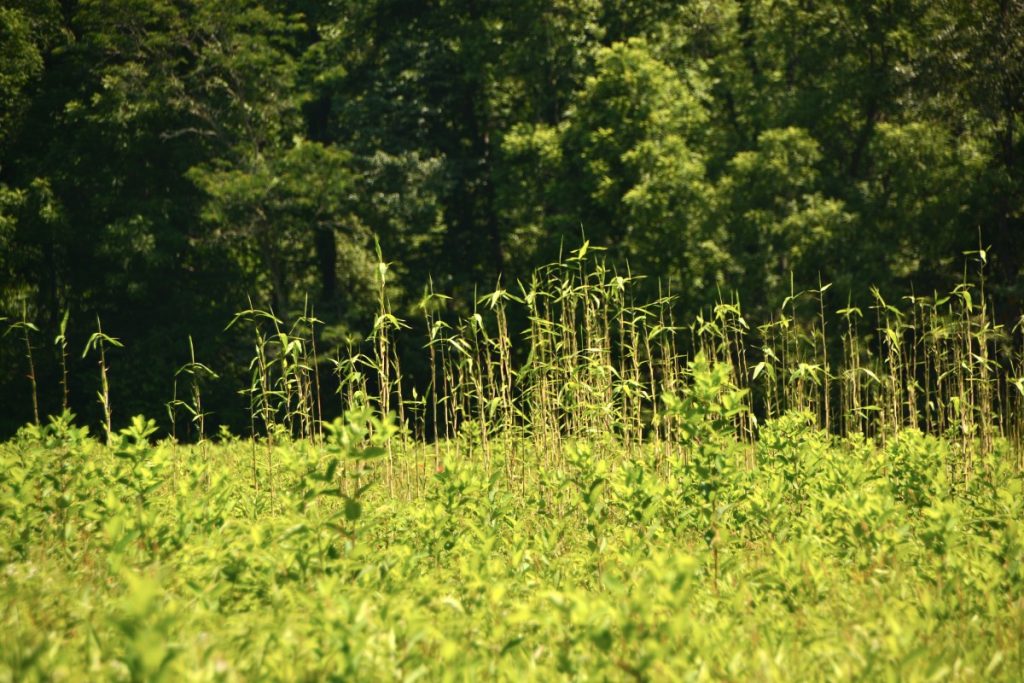
Tourism and economic development divide residents of towns along the Chattooga, revealing conflicting ideas about who should have access to wilderness and how it should be used. Historically, locals widely opposed tourism in their backyards.
“They used to throw rocks at us,” Williams says of his days as a river ranger in the 1970s. “The locals hated us. We were river rats.”
But attitudes have largely shifted. Chambers of commerce in communities along the Chattooga River now advocate for tourism. The activity creates jobs not only in recreation, but in the housing development and service industries, which attract outdoor enthusiasts nationwide. Many believe economic growth will keep their children local, so they favor the push for increased development. Other residents say that it destroys the quiet, small-town charm of places like Cashiers and Clayton, Georgia. Williams tends to agree. He says the only people who benefit from increased development are the ones in power.
“Chambers of Commerce, local board commissioners, and the city managers of Clayton are bringing all that tourism in,” Williams says.
What is at stake, however, is more than just peace and quiet. The USFS is responsible for maintaining the wildness of the river and balancing it with the demand for tourism and timber extraction. But according to Williams, their tendency to prioritize profit impedes their ability to find balance.
Williams says the Forest Service uses early successional habitat conservation as an excuse to clear cut. These are young forests, usually 30 to 40 years old, that are prime foraging areas for wildlife because of their abundance of grasses, forbs and saplings. But instead of clearing 30-year-old stands to preserve such habitats, the Forest Service prefers to cut old-growth forests because they produce more profit. The definition of old growth is variable, but most ecologists in the Southeast classify these as forests with trees that are at least 100 years old.
Williams does think balance is possible.
“But when it comes to things like cutting old growth forests that actually meet criteria for old growth…we’re going to fight it… collaboration only goes so far.”
Williams’ fight to save southern old growth forests is an urgent one. He believes less than 1 percent of Southern Appalachia’s old growth forests remain. He has sampled one such forest in Highlands, North Carolina, and found an individual tree that was almost 230 years old. Although there aren’t’ regulations that prohibit the cutting of old growth in this area, many conservationists argue in favor of preserving them. Still, loggers charged ahead with a cut here. The long-term impacts of increased timber extraction and tourism on the river are still unknown, but many are already experiencing the immediate effects, like the loss of solitude in a once peaceful environment.
“Raft trip after raft trip, people would ask, ‘You catching any fish?’” Williams says of a farmer who used to fish the Chattooga on the weekends. “He finally just disappeared. He lost his experience.”
Many southern Appalachians fear for the future of their watershed, troubled by the uneven power relations between profit and people. Who should be making the decisions that determine its future? The answer is closer to home than you think.
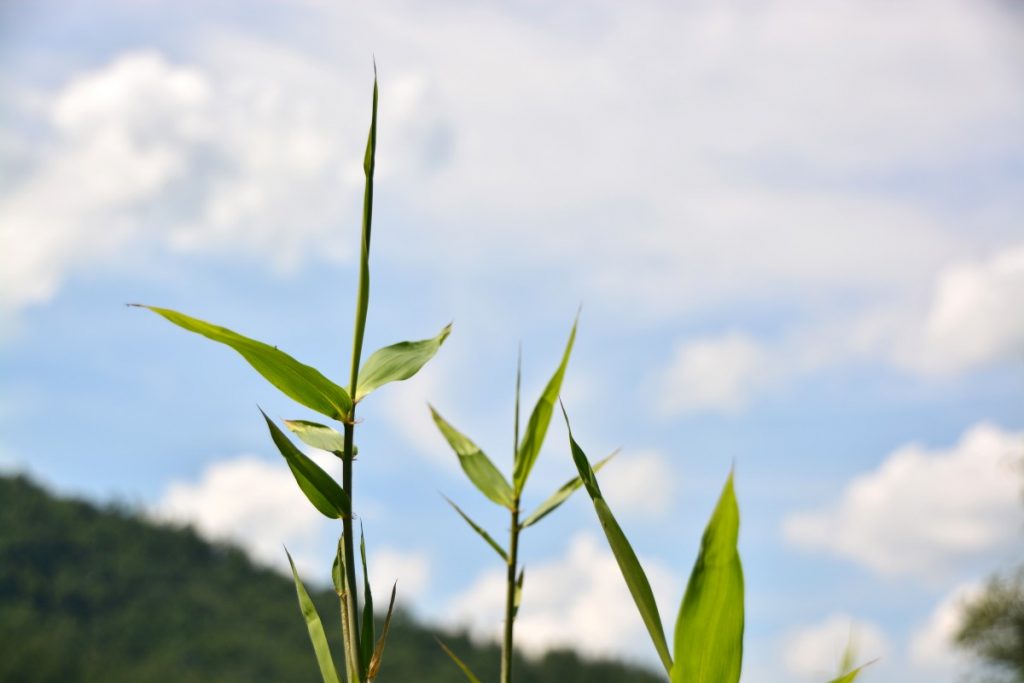
The Chattooga Conservancy is working with the USFS to restore native cane habitats – a culturally significant material for the Eastern Band of Cherokee Indians. Williams believes in the importance of elevating indigenous land care knowledge, and says that basket weaving with native cane may help protect the Chattooga watershed.
Native cane spreads through underground rhizomes, or horizontal underground root systems, that form colonies called canebrakes. This type of ecosystem was once a hallmark of southeastern riparian woods. In addition to providing basket material, cane also provides water filtration, flood control and erosion protection.
Canebrake ecosystems are now endangered, but efforts to restore them are well under way. Williams has a permit from the USFS to conduct a restoration experiment on 29 acres of the Chattooga watershed. The collaboration with the Chattooga Conservancy and the USFS is financially supported by the grant making program the Revitalization of Traditional Cherokee Artisan Resources (RTCAR).
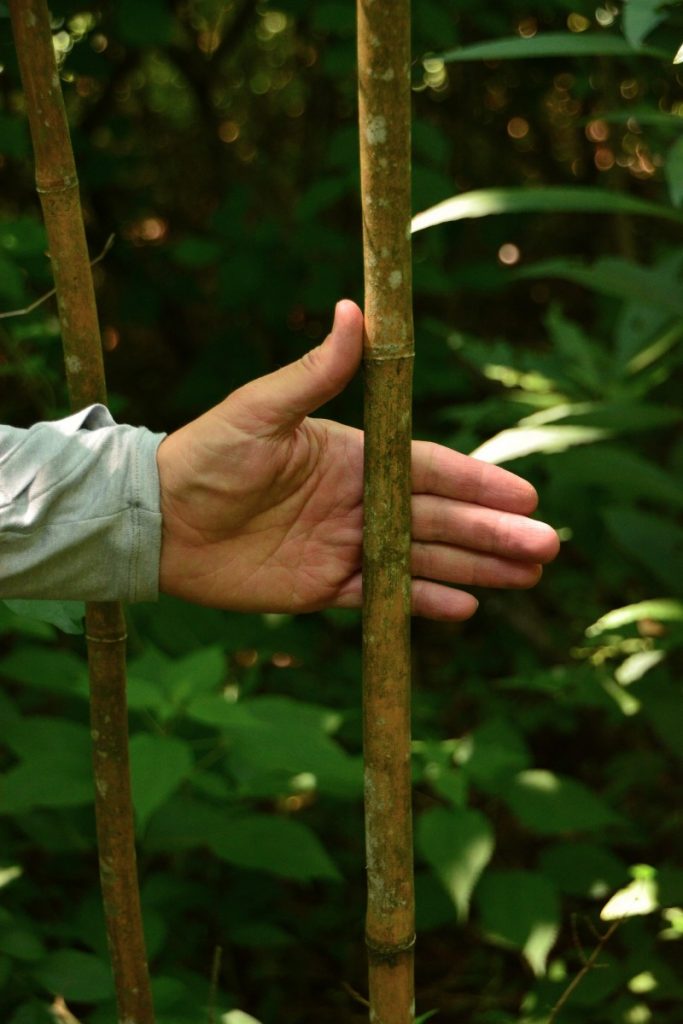
“I used to be and still am a basket maker,” Williams says. “I was fascinated by this weave called the double weave.” There were only a few women left who can do the complex double weave, Williams says.
The double weave is a basket making technique whereby one basket is essentially woven inside another. The weaver begins on the inside, then weaves upward, curves the cane outwards, and finishes on the outside bottom. The finished product is beautiful and seamless.With permission from the USFS, Williams recently harvested 80 pieces of native cane (Arundinaria gigantea) and brought them to a Cherokee woman named Eva in Cherokee, North Carolina, one of the few remaining practitioners of the style.
“She invited me in the backyard, and she had a big pot boiling. And she had walnut hulls that she was using to dye the splints.” Splints are the strips of cane cut from the outer surface of a stock.
Another Cherokee basket maker, Mary W. Thompson, wishes that others understood the complexity of the preparation process. It is tedious work. The time involved to make a basket – including the processing and weaving – can be up to a couple of months, excluding harvesting the cane and gathering dyes. A basket maker must split the cane into even, narrow splints and dye the plant with a variety of native materials before the weaving begins. Thompson sits in her workspace, which is the sunroom of her studio, and discusses the importance of passing down traditions to younger generations.
“It’s everyone’s responsibility to share knowledge to whoever wants to listen,” Thompson says. “Our Tribe has always been self-sustaining … it’s what we had to do.”
Thompson grew up around basket weaving because her mother, who was a single parent, supported her and her siblings partially through her artisan work.
Thompson spent some time in the military before moving back to Cherokee, North Carolina, in 1980 and taking up basket weaving again. She now teaches younger people about the techniques she learned from her mother and the cultural importance of preserving them. Growing participation in weaving classes offered by Cherokee tribe members are a testament to the increasing interest in traditional skills, which will hopefully play a significant role in the restoration of cane habitats and the ecosystem benefits they offer.
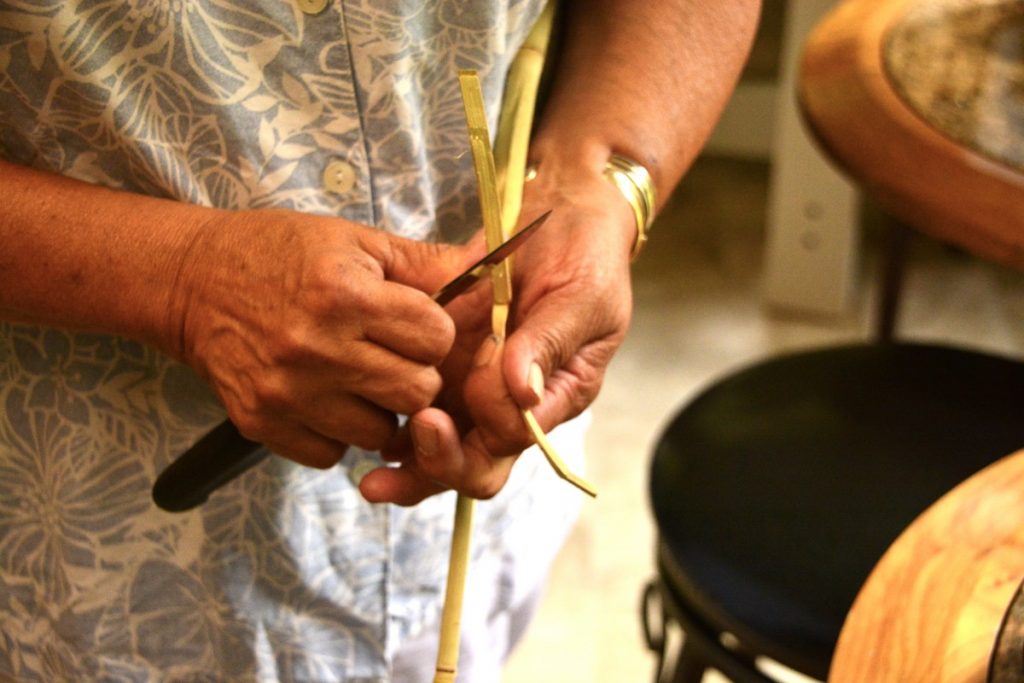
“Our native cane plots are just blooming,” Williams proudly declares. “We’re not just going to talk about it. We’re going to go out in the woods and do things with people. And they’re going to be able to see it.”
Mobilizing people to experience the power of ecosystem restoration is one of the hallmarks of the Chattooga Conservancy and RTCAR.
“They become a part of it, and they take ownership,” Williams says.
Members of traditional environmental movements tend to believe that ecological restoration requires the removal of human activity from a place. When one considers the effects of irresponsible recreation such as bank erosion, litter and noise pollution, human absence seems like the solution. But organizations like the Chattooga Conservancy and RTCAR call us to an alternative.
Williams’ conservation goals do not require a lack of human intervention. Instead, the call to ecological integrity demands a deeper engagement with our places. It also demands the elevation of indigenous voices. Ecological decision-making must respect the voices that have been intentionally and maliciously excluded from land management. The Cherokee are the ones who have been responsibly and efficiently managing eastern forests for centuries.
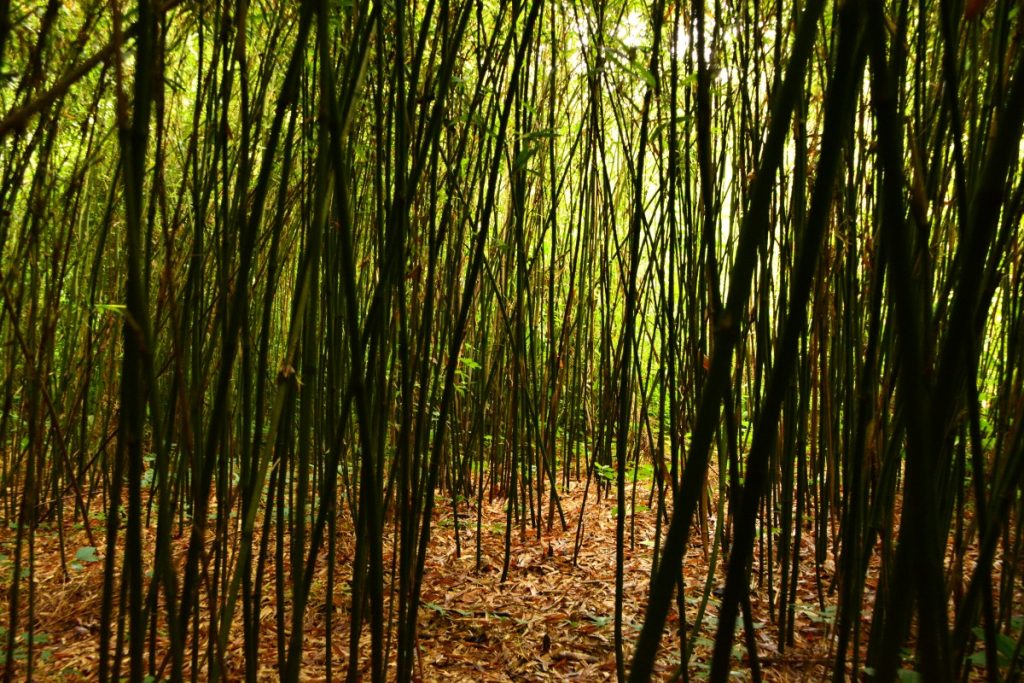
After a day hiking along the river, the trail is more crowded as I head back to my car. Families with children pass me, moving cautiously down the switchbacks and giving warnings not to slip on wet rock. Despite the crowd, I feel the stillness of the forest has left its impression on me. The river has a way of quieting the mind. I understand why people gathered here during the stress of a global pandemic. On the trail and near the water, all seems at ease.
Was Williams correct about the Chattooga River being loved to death? Perhaps the answer has less to do with loving too much or too little, but something else entirely. Consider the knowledge on which we rely to guide our interactions with the natural world. Do we follow the logics of exploitation and waste? Or do we elevate the knowledge of indigenous peoples, whose management of North American ecosystems continues to promote health and cooperation?
Sarah Melotte is a South Carolina native and a graduate student in Geography at the University of Colorado – Denver. She loves telling stories that challenge others to consider alternative perspectives. Her work has appeared or is upcoming in The Waking and Edge Effects.



